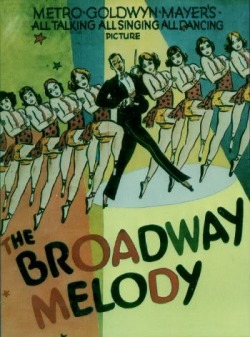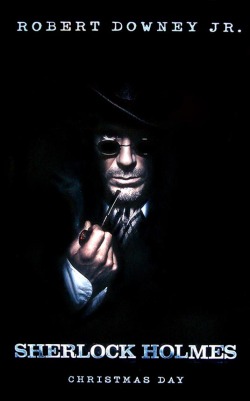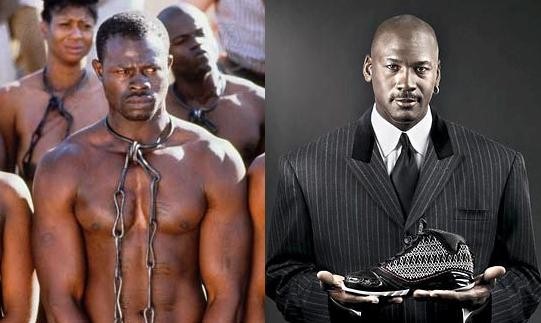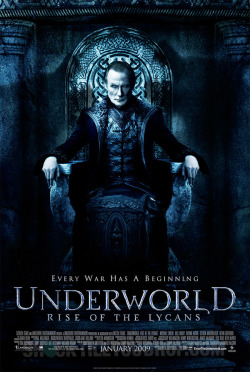 The Year's Best is a continual feature at The Kuleshov Effect. In these posts, I take a detailed and chronological look at films declared the “Best Picture” of a particular year by the Academy of Motion Pictures Arts and Sciences. These posts are not intended as discussions of whether or not these films “deserved” to win. Rather, they are simply my musings and thoughts on what are supposedly the cream of the crop of American cinema.
The Year's Best is a continual feature at The Kuleshov Effect. In these posts, I take a detailed and chronological look at films declared the “Best Picture” of a particular year by the Academy of Motion Pictures Arts and Sciences. These posts are not intended as discussions of whether or not these films “deserved” to win. Rather, they are simply my musings and thoughts on what are supposedly the cream of the crop of American cinema.
Title: The Broadway Melody
Director: Harry Beaumont
Starring: Bessie Love, Anita Page, Charles King
Oh, the late 1920s. It was a time of change for Hollywood. Film studios were still transitioning into the sound era – the technology was not yet perfected, and most theaters were still not equipped for audio, meaning that most films had to be shot and edited for both “talkie” and silent versions. It was in this context that MGM began producing films in what would come to be its most popular and well-known genre: the musical. The Broadway Melody was released in 1929 and was a critical and commercial success, grossing a record $4 million at the box-office and going on to become the second winner of the Academy Award for Best Picture.
Unfortunately, though it’s considered the “grand-daddy of musicals,” The Broadway Melody is a pretty mediocre film by today’s standards. It’s clear that Hollywood was struggling to adapt to the new sound technology. Microphone range and placement limited camera placement. Actresses who were stars in the silent era were frequently unable to adapt to the new style of acting, and those who were often faded from the limelight after the public didn’t like their voices. The Broadway Melody carries the scars of an industry confronted with rapidly-changing technology: stiff acting, a formulaic script, and bland cinematography.






